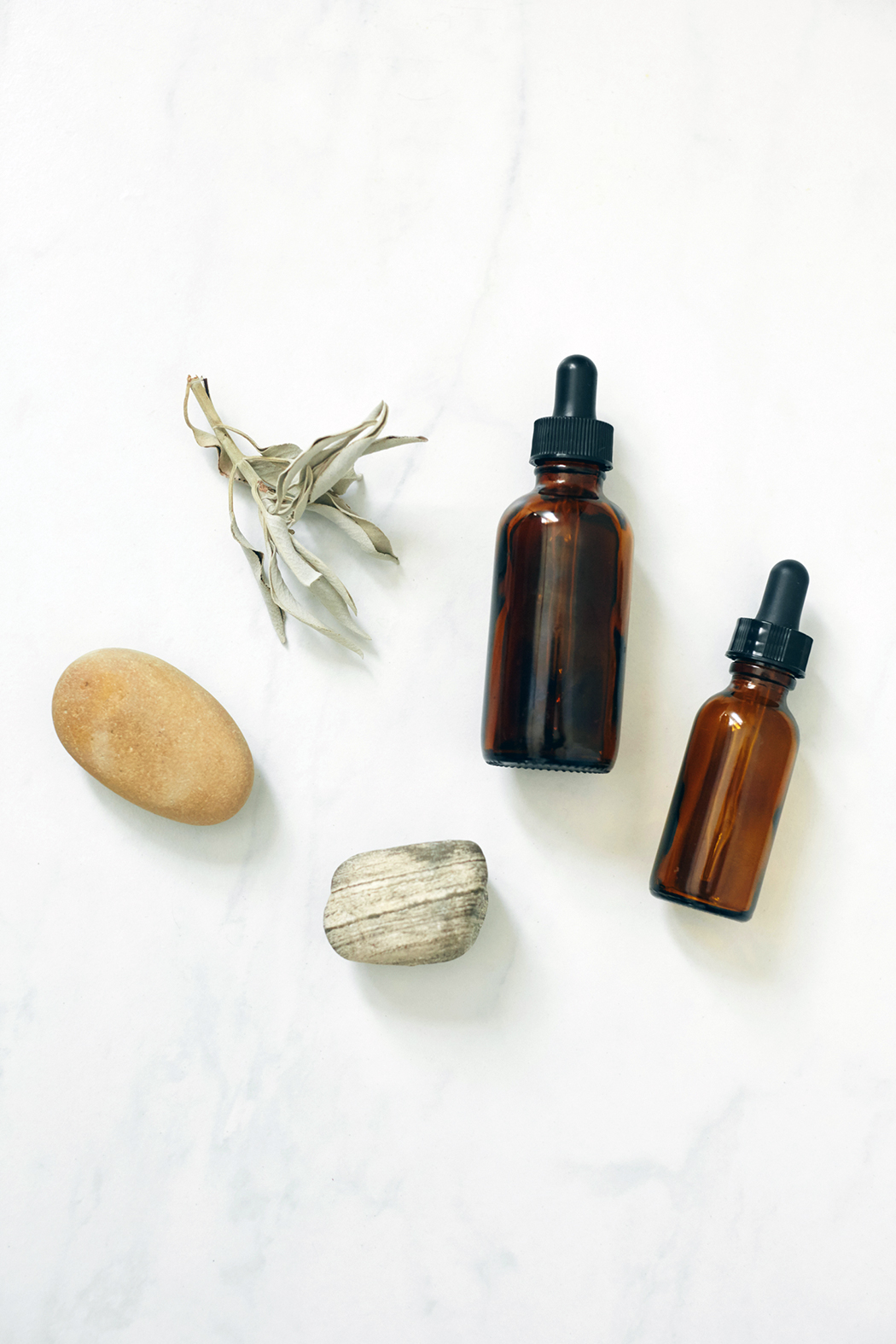Massage Therapy: Types and Benefits
Contributor: Saffron & Sage
Photographer: Ashley Neese
The first accounts of massage and healing touch were found in China and Egypt, more than 5,000 years ago! As interest in natural health continues to grow, massage has gone from being considered a practice of indulgence to an essential wellness ritual.
Most forms of massage improve circulation, flexibility and mobility. However, different types of massage offer a variety of emotional and physical benefits. Take a look at some of the most common types of massage available to decide which is right for you.
7 Types of Massage and Their Benefits
Swedish
Swedish massage is one of the most common forms of bodywork used today, and is what most people think of when they hear the word “massage.” This technique aims for full body relaxation through long, gliding strokes following the path blood takes to reach the heart. While this promotes relaxation, it also oxygenates the blood which helps eliminate toxins and improve circulation. Studies have also shown that Swedish massage boosts immunity and relieves stress.
Deep Tissue
Similar to Swedish massage, but more intense, deep tissue massage focuses on the deepest layers of muscle tissue, tendons and the protective layer surrounding these. Studies have shown that it can lower blood pressure after just 45 minutes, reduce levels of stress hormones, and boost mood by promoting the release of serotonin.
Deep tissue massage is great for treating areas that frequently hold tension and stress—such as the upper back and shoulder area—however, this form of massage isn’t for everyone as it involves deeper pressure that some may not enjoy.
Hot Stone
If you’re looking to relieve deep muscle tension (but aren’t a fan of deep tissue massages) consider getting a hot stone massage. Sessions are typically 90 minutes long and promote deeper relaxation by adding water-heated stones along key points of the body.
Hot stone massage is also ideal for relieving pain associated with conditions such as arthritis; increasing joint mobility and flexibility, which could improve range of motion; and like Swedish massage, it also improves blood flow.
Sports Massage
As its name suggests, this form of bodywork is best for athletes and incorporates techniques that are specific to one’s sport of choice. Often used as part of a balanced training routine, sports massage focuses on preventing overuse injuries, increasing recovery time (if injured) and improving performance.
Shiatsu
Based on the same principles as acupuncture and the framework of Traditional Chinese Medicine (TCM), this Japanese massage modality utilizes pressure points to balance energy flow and adjust the body’s structure. The benefits of Shiatsu have not yet been proven by science, but many have experienced relief from headaches, reduced stress, anxiety and depression, as well as pain relief.
Lymphatic Massage
The lymphatic system helps eliminate bodily waste through the natural movement of muscle tissue. However, fluids can build up in the lymph system and lymph nodes (due to surgery or other damage), which lymphatic drainage massage helps remove through the application of gentle pressure.
Often suggested for those with lymphedema, this form of massage boosts immune function and recovery time following surgery but is useful for everyone. If you’re feeling particularly sluggish or have been struggling to kick a cold, you could probably benefit from a lymphatic massage.
Reflexology
Commonly referred to as a foot massage, reflexology massages apply techniques from sports and Swedish massage to the feet, calves and upper legs. Although it is primarily used to relieve pain associated with arthritis, plantar fasciitis and other foot/ankle ailments, it also promotes overall relaxation.
Whether you’re looking to boost immunity for Fall and Winter, treat specific health conditions or just relax during the coming holiday season, massage therapy may be just what you need.

